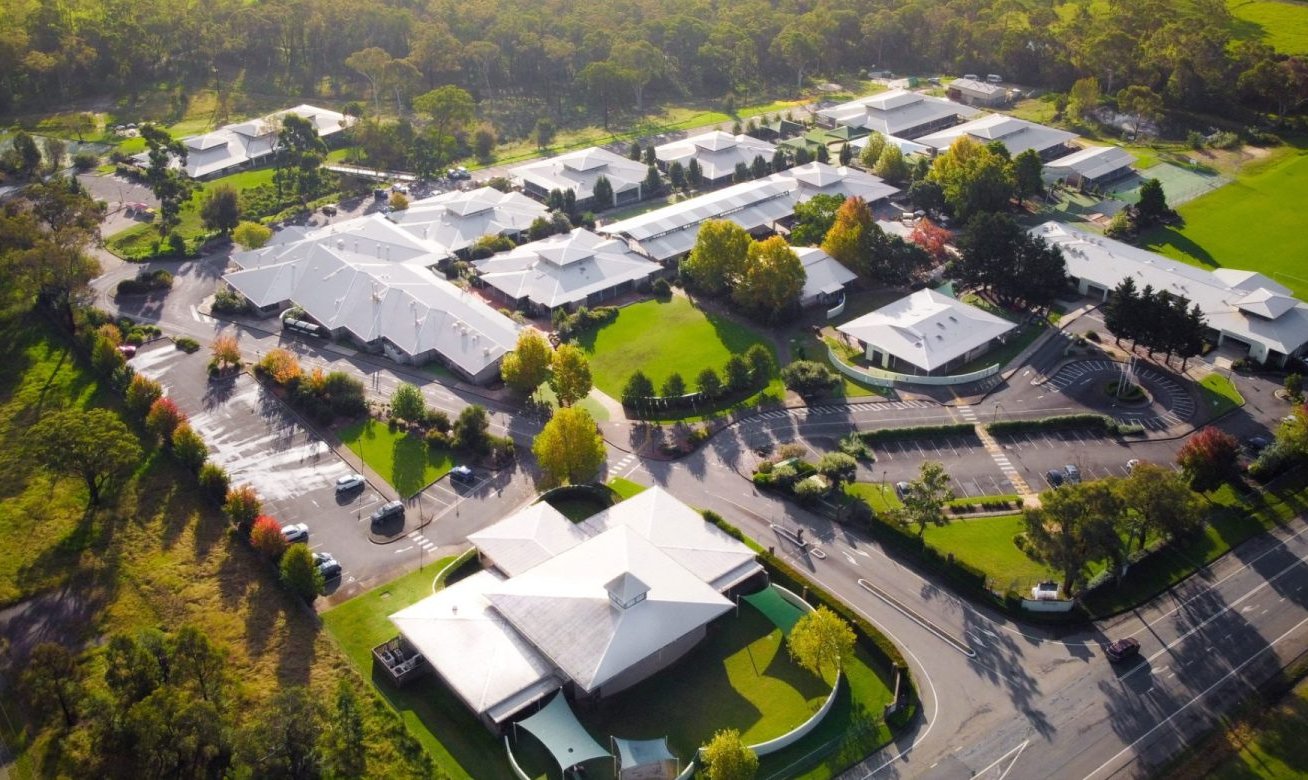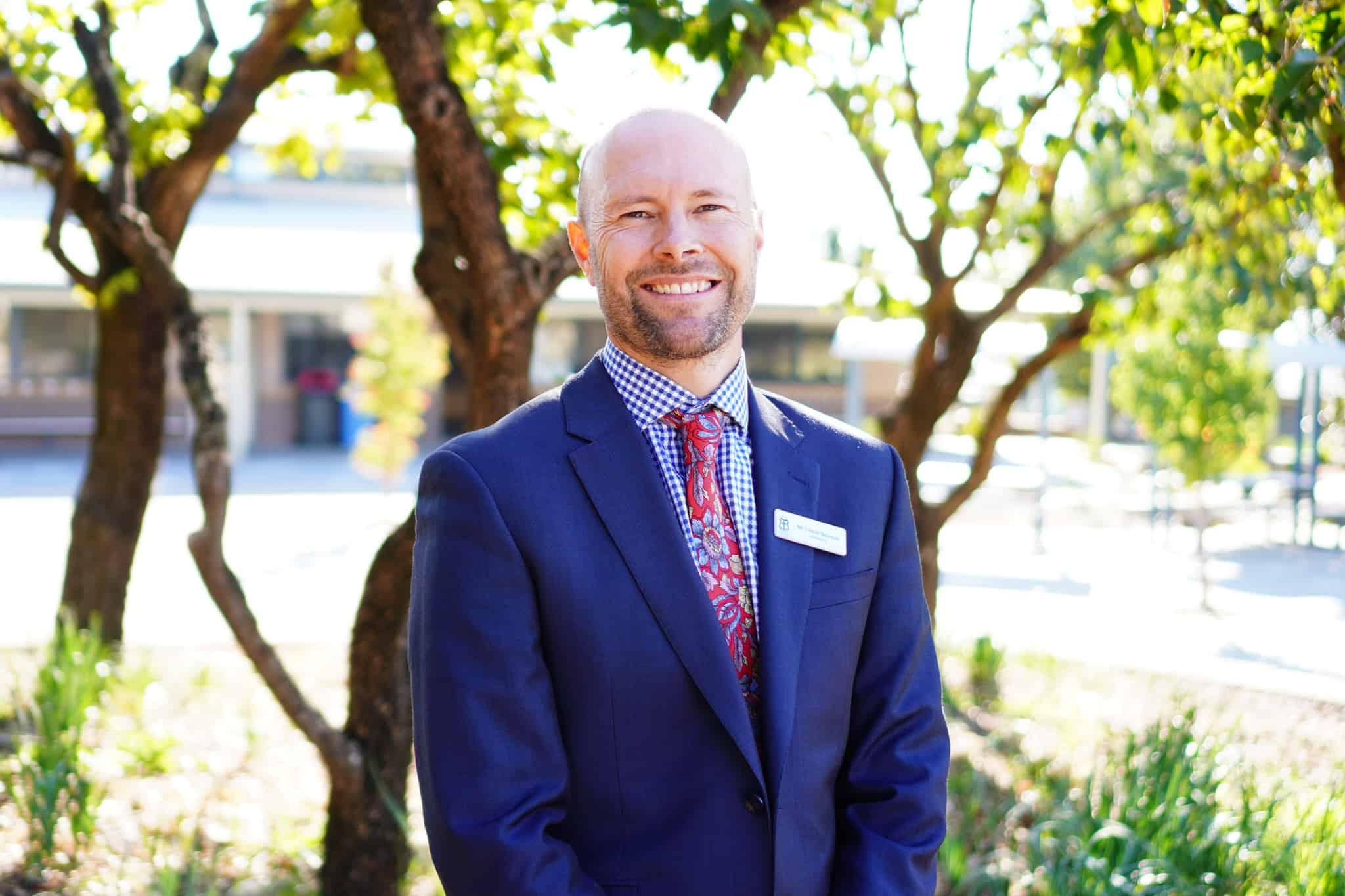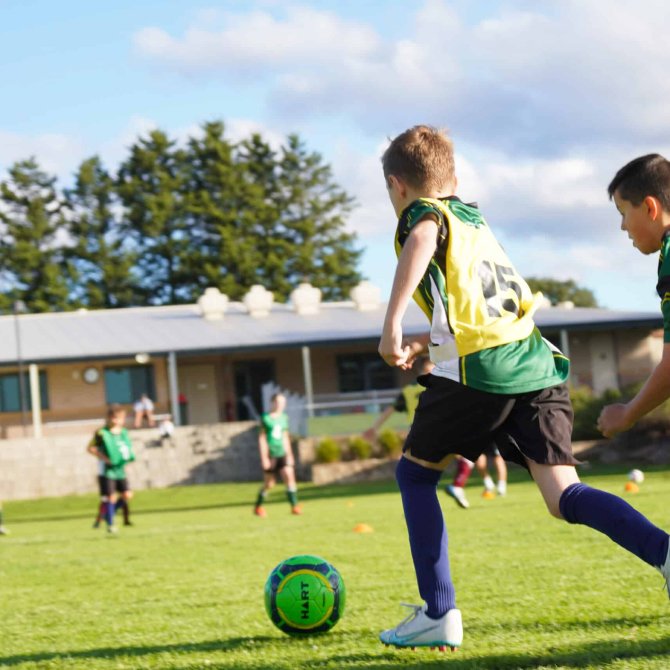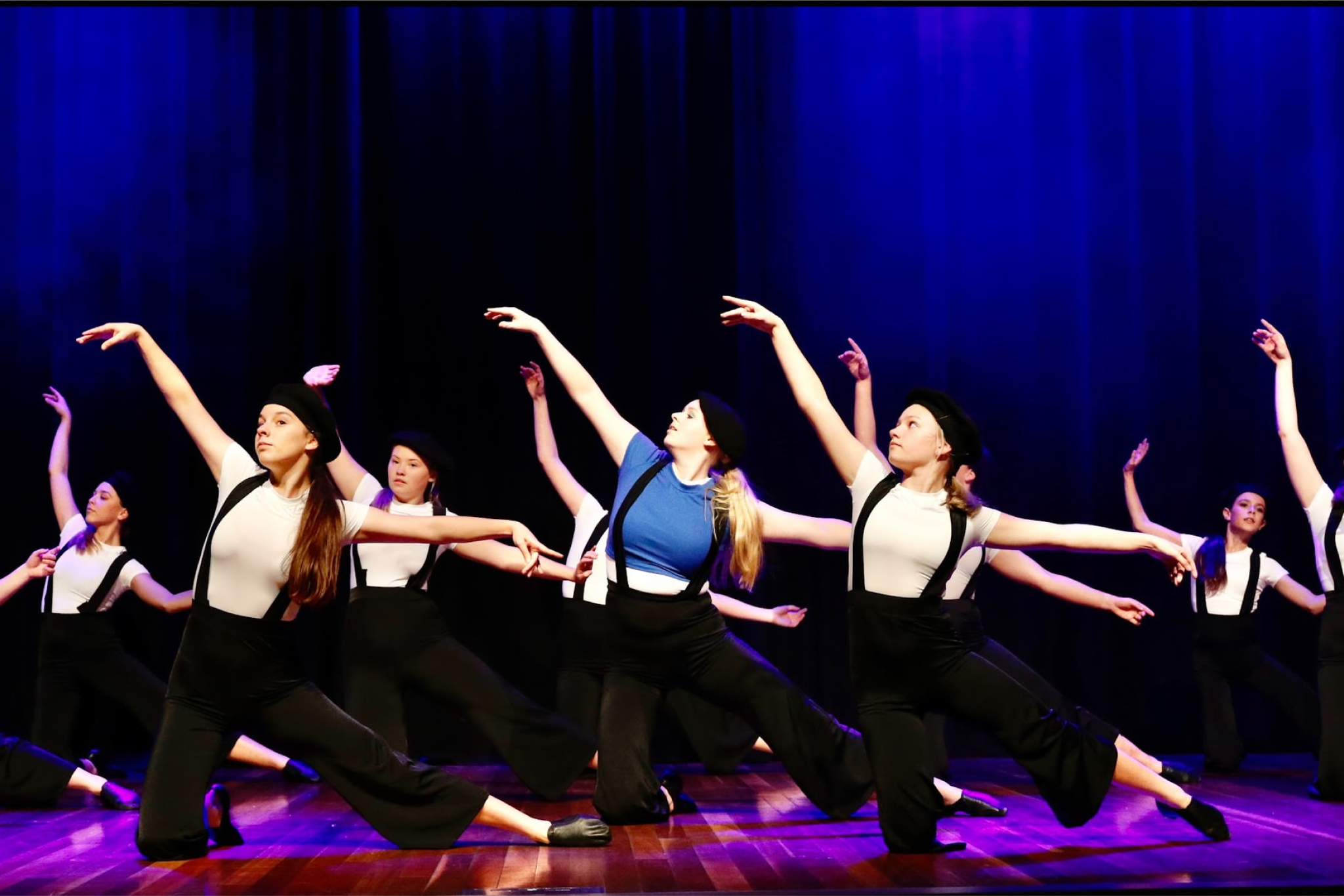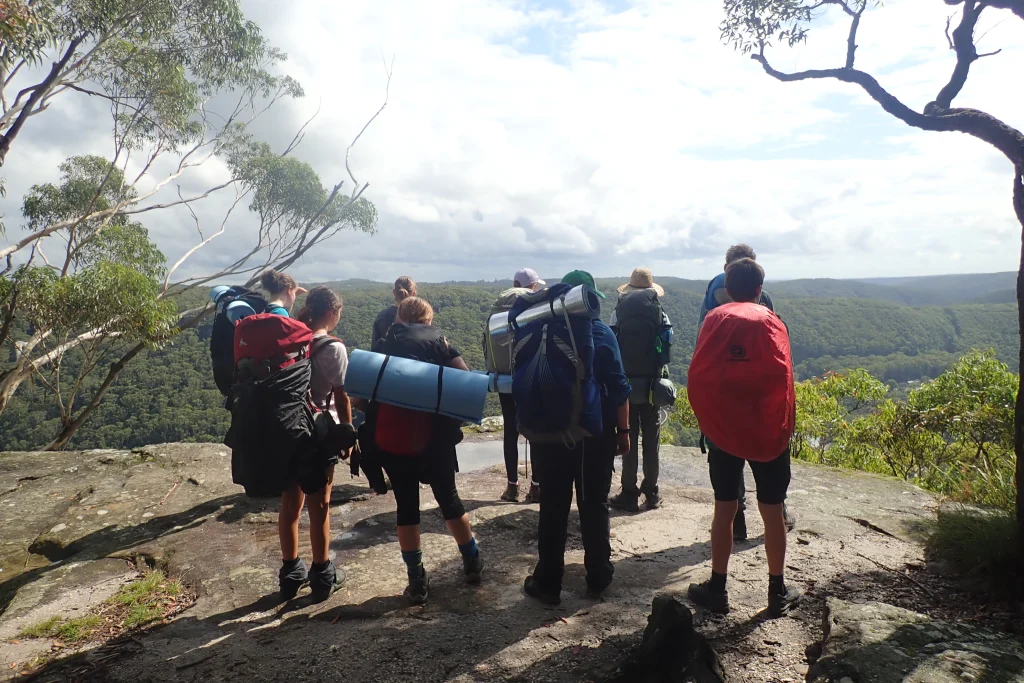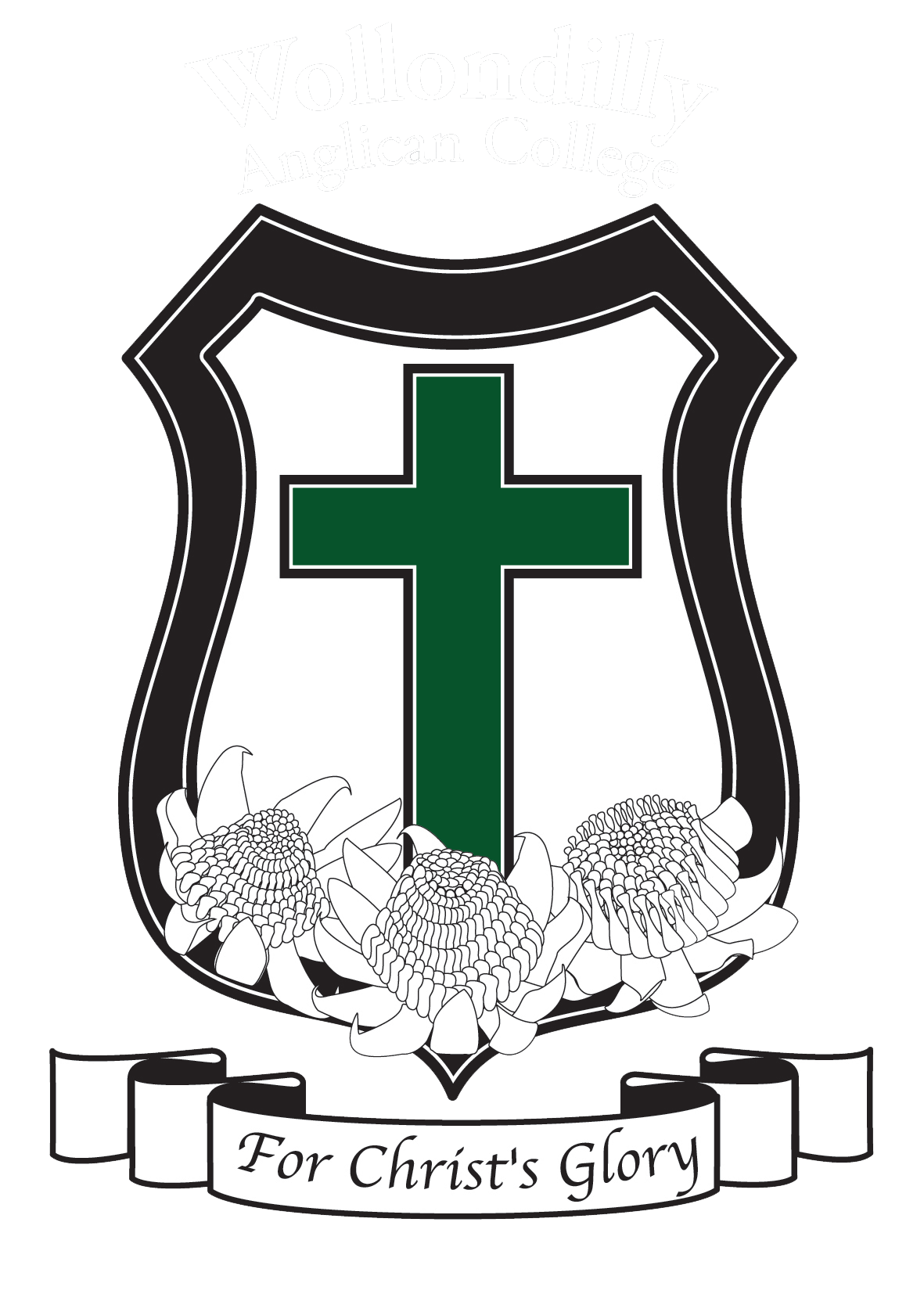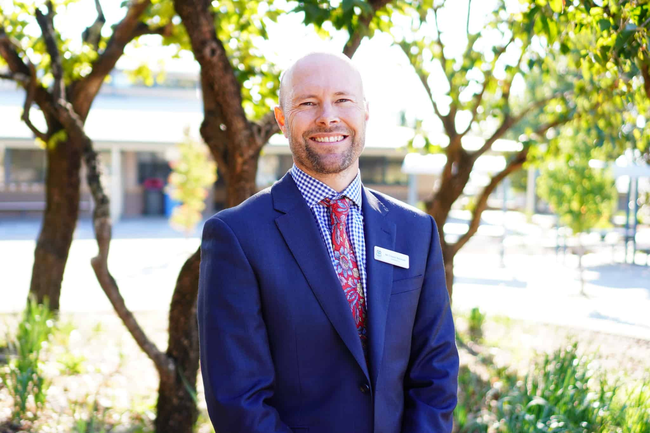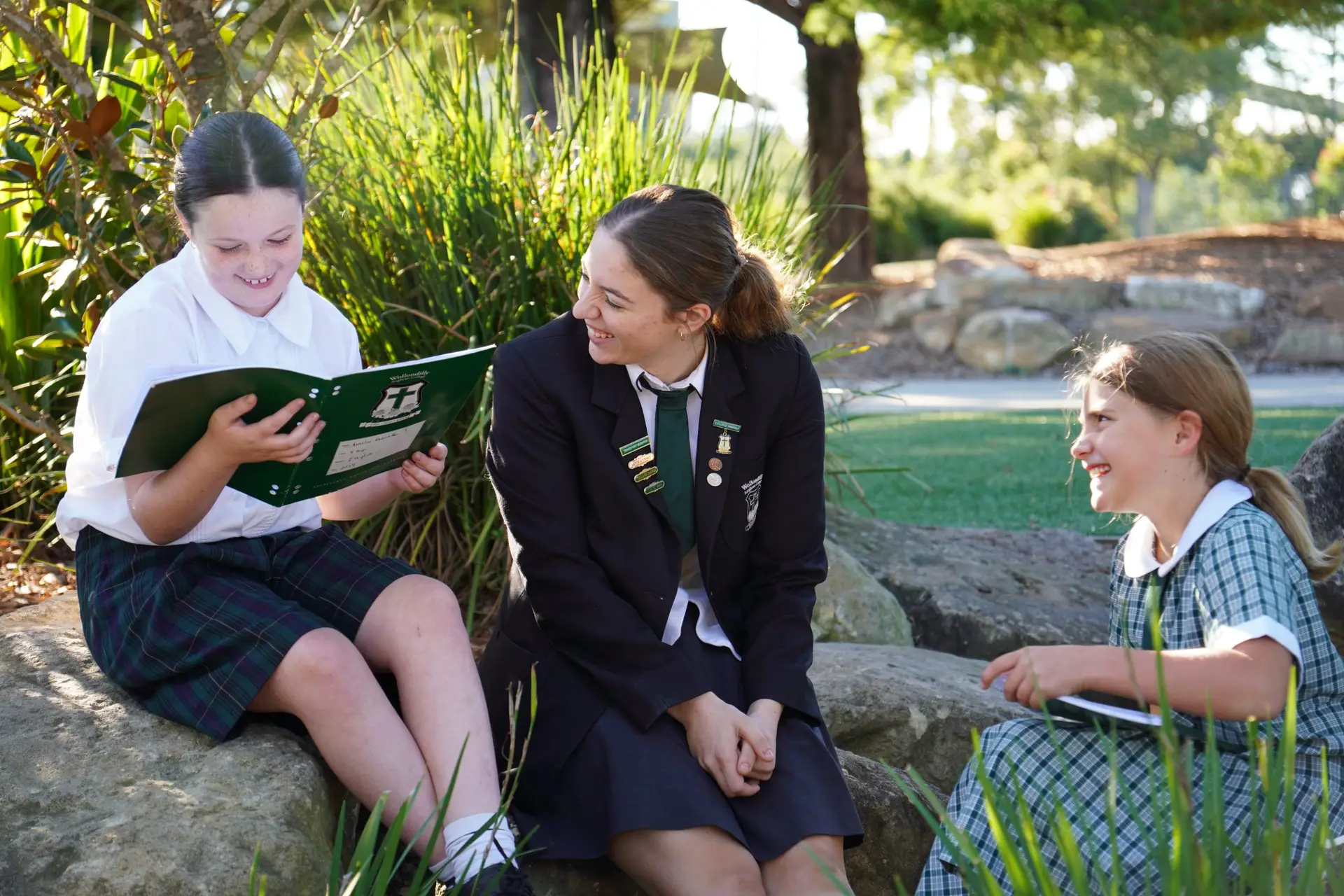
Wollondilly Anglican College endeavours to provide a disciplined, caring, learning community where students and staff pursue excellence and lives are transformed for Christ’s glory.
Beyond the essentials of Learning, Care & Culture, students at Wollondilly Anglican College have a vast range of sporting, creative and co-curricular opportunities that allow them to explore and develop their God-given talents and passions.
Our College nurtures and educates young people in accordance with the doctrines, tenets, beliefs and teachings of the Anglican Church Diocese of Sydney.
At Wollondilly Anglican College, our commitment to our students extends from their very first steps in Pre-Kindergarten through to their final year in Year 12. Our purposefully designed buildings, alongside our commitment to effective teaching and intentional care and support, provide a stable and supportive environment for learning across a comprehensive curriculum encompassing all core subjects and a diverse range of academic electives. However, our vision for education reaches beyond academic achievement. We are deeply invested in nurturing the holistic development of our students, shaping them into mature, responsible and hardworking young adults ready to embrace the opportunities and navigate the complexities of life.
Our Focus - Learning, Care & Culture
Learning
The College will provide high-quality teaching in every classroom and in every lesson so that all students experience consistently high levels of academic growth

Care
Our aim is for every student to be cared for, feel connected to teachers and peers and experience the safe, loving community that Jesus calls us to provide

Culture
We will support all staff and students, within a Christ-centred community, to achieve and contribute to the continued high expectations of the College
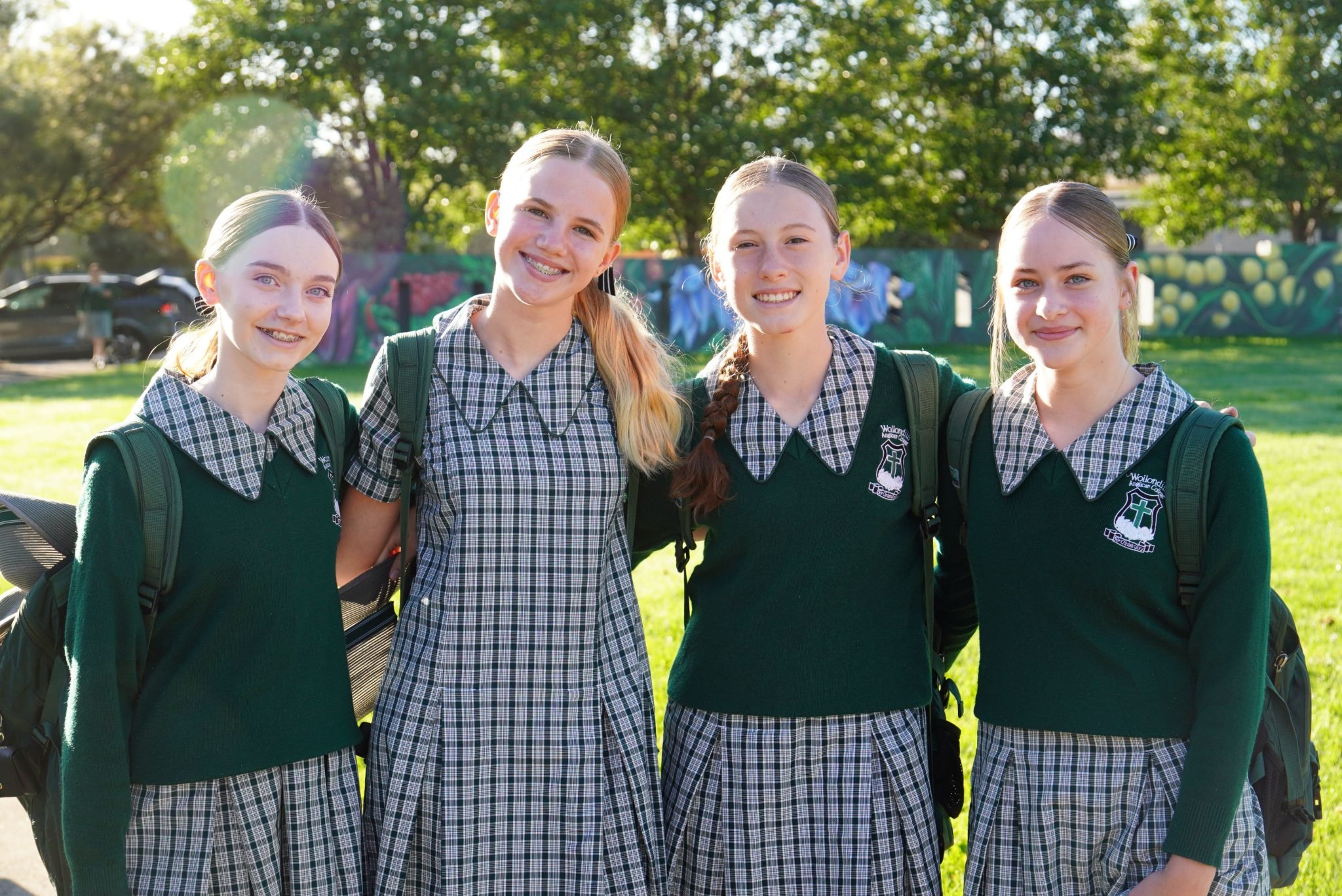
Sporting Opportunities
With a wide range of sports available—from competitive team sports to individual athletic pursuits—students are encouraged to stay active, build teamwork skills, and develop a lifelong appreciation for health and fitness.
Our comprehensive sports programs cater to all skill levels, offering something for everyone, whether they are looking to compete or simply have fun.
- IPSSO
- MISA
- CASA
- College Sports
- Swimming, Athletics and Cross Country Carnivals
- Equestrian
- Representative Pathways
- Singing and dancing each day
Creative & Performance Opportunities
- Dance & Cheer
- Bands
- Choirs
- String Ensembles
- Percussion Groups
- College Musicals
- Private Music Tuition
Co-Curricular Opportunities
- Duke of Edinburgh
- Debating & Public Speaking
- Tournament of Minds
- da Vinci Decathlon
- International Tours
- WAC Kids Care
- NSW RFS Cadets
God created mankind to rule the Earth and with the free will to accept or reject Him as a loving Father. We chose to reject God. Our perfect relationship with God was damaged beyond our repair (Rom 3:23). God is perfection. He is an incorruptible judge and cannot compromise so justice requires eternal separation from Him (Rom 6:23). It is God who provides the perfect life on our behalf through the death of perfect Jesus (1 Peter 3:18).
The gospel is the news that, when we were powerless, Christ pre-paid the price for us. It is good news for those who accept the exchange of Christ’s perfection and eternity with God for our imperfection and judgement. It is bad news for those who ignore Christ and seek to win God’s favour through the “purity” of their own good works.

Three Colours:
Black – from the Coal Industry;
Green – from the local Olive Gardens
White – from the White Waratah.
Three Words:
For Christ’s Glory: The College seeks to reach the people of the Wollondilly Shire with the good news of Jesus Christ – John 17:5 And now Father, glorify me in your presence with the Glory I had with you before the World began.
The House Crests
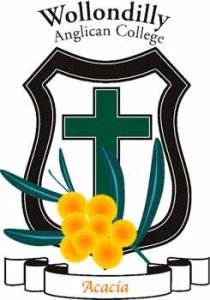
Acacia (Gold)
There are nearly 1,000 species of the Acacia plant that are native to Australia. The most famous example is the wattle. Many species have a subtle fragrance and bloom from late winter into the spring. The National colours of green and gold worn by Australian sporting teams are based on the green leaves and gold flowers of the acacia (Wattle). It is also the official Australian floral emblem.
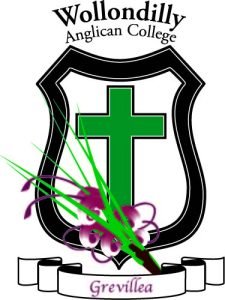
Grevillea (Maroon)
The genus Grevillea are the most popular and widely grown Australian plants. They attract a variety of Australian birds due to their colourful displays of flowers. There are over 300 species of Grevillea, most of which are native to Australia. Flowers are very small and occur in clusters called an inflorescence.
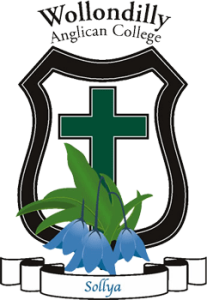
Sollya (Blue)
Blue native Australian flowers are not common. The Sollya, or Western Australian Bluebell is an evergreen climbing plant. The flowers are shaped like little bells approximately one to two centimetres long. Sollyas grow to a height of two metres and are found predominantly in the south western part of Western Australia. The plant is named after the naturalist, RH Solly.

Telopea (Red)
The most famous example of the genus Telopea is the Red Waratah. It is the floral symbol of New South Wales and is proudly worn by the NSW Rugby team. It is a spectacular garden plant which attracts a multitude of native birds. The flower is actually a conflorescence, made up of around 10 to 250 individual flowers. (The Wirrimbirra White Waratah is also a member of the genus Telopea).
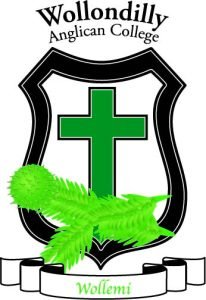
Wollemi (Green)
Like the white Waratah, the Wollemi Pine is a very rare Australian plant. It was discovered in the Wollemi National Park at the bottom of a deep gorge in the early 1990s. Fossil comparisons indicate that the pine tree was around during the time of the dinosaurs. It is so rare that its location in the National Park is a closely guarded government secret.
Opened in 2004 by former Prime Minister of Australia John Howard, Wollondilly Anglican College began its life teaching students from Kindergarten to Year 7.
The ANZAC Shelter was opened in 2018 by Howard; Brendan Nelson, Director of the Australian War Memorial; Chief of Defence, Air Chief Marshal Mark Binskin; and Brig. General Phil Winter.
The College buildings are named after famous Christian Australians. These include Joseph Banks, Dame Nellie Melba, Charles Sturt, Elizabeth Macarthur, John Flynn, Captain James Cook, and Alfred Deakin.
Some of the main Facilities within the college include:
- Kitchens
- Workshops
- Art Rooms
- Auditorium
- Dance & Drama Rooms
- Science Labs
- Music Rooms
- Senior Campus
- Kitchens

